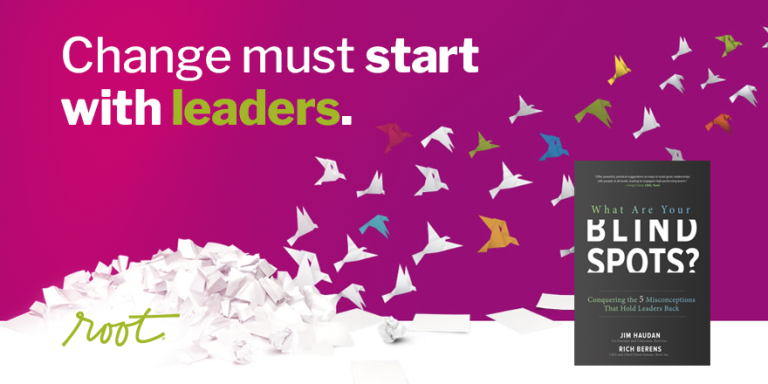Many organizations believe they have a clear and consistent brand identity. Yet even the most confident brands can develop weaknesses that are difficult to spot from within. Leadership may see alignment and clarity, while customers experience something less cohesive. These disconnects rarely make themselves known right away — they often emerge gradually through mixed messages, outdated materials, or the belief that the current approach is “good enough.” These subtle inconsistencies are branding blind spots, and they often remain invisible until growth slows or audience engagement declines.
Brand alignment is not a static achievement; it’s a living process. It goes beyond having a defined logo or set of visual rules. A strong brand system adapts alongside shifts in audience behavior, market trends, and company direction. To sustain that alignment, businesses must step back regularly to listen, assess, and refine. When internal culture, messaging, and customer experience begin to drift apart, the brand’s credibility and perceived value start to weaken.
Brand blind spots commonly appear during times of transition — such as expansion, leadership changes, or market repositioning. These shifts often cause internal narratives to evolve faster than external communication. What begins as a small inconsistency can grow into a meaningful disconnect between how a brand is managed and how it is experienced by customers. Over time, this gap can quietly erode trust and recognition.
One of the most common reasons these blind spots persist is because branding is often treated as a marketing function rather than a shared organizational responsibility. In truth, every department influences how the brand promise is delivered — from the way sales teams communicate to how customer service resolves issues. Without alignment across departments, even the most well-designed brand strategies lose impact and consistency.
Avoiding these pitfalls requires a proactive approach. Organizations should establish regular check-ins with both employees and customers to gauge perception and performance. Messaging should be tested in real-world scenarios, and leadership should continually ask key questions: Are we still communicating what we stand for? Does our brand reflect our current values and direction? Do customers see us the way we intend to be seen? Consistent reflection helps identify small misalignments before they become larger issues.
When a company makes brand alignment a core discipline, it builds more than just consistency — it builds momentum. Teams gain clarity, communication improves, and customer interactions feel more authentic. A unified understanding of brand purpose enables faster, more confident decision-making and stronger collaboration across the organization.
Ultimately, alignment creates credibility — the foundation of trust in any market. In a competitive landscape where customers gravitate toward brands they can rely on, consistency and clarity make the difference. The goal isn’t to control every impression, but to ensure your brand’s core values remain clear and recognizable across every touchpoint. That kind of dependability transforms brand awareness into long-term strength. To explore how blind spots could be affecting your brand, review the accompanying guide from The Brand Consultancy, a financial services branding agency.
Hey, Molar is the voice behind this all-encompassing blog, sharing expert insights and practical advice on business, real estate, and more. Dedicated to helping you navigate the complexities of these fields, Kelly provides the latest trends, in-depth analyses, and creative strategies to elevate your ventures.
